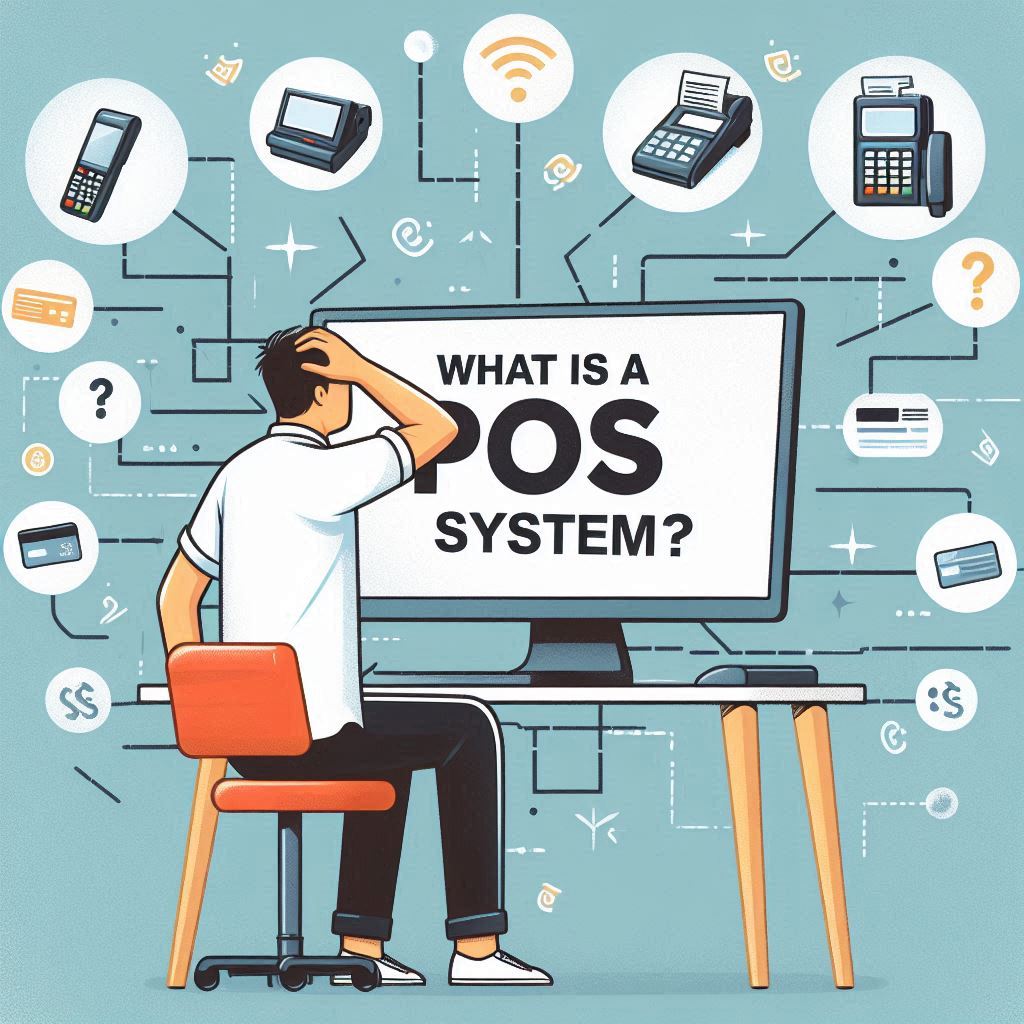
A Point of Sale (POS) system is a combination of hardware and software that businesses use to complete sales transactions and manage various aspects of their operations. Here’s a breakdown of what a POS system typically includes and its functions:
Components of a POS System:
- Hardware:
- Terminal/Computer: The central device where transactions are processed.
- Cash Register: Used to store cash and sometimes integrated with the terminal.
- Barcode Scanner: For scanning product barcodes to quickly enter items into the system.
- Receipt Printer: Prints transaction receipts for customers.
- Card Reader/Payment Terminal: For processing credit and debit card payments.
- Cash Drawer: Stores cash and coins securely.
- Software:
- Sales Management: Tracks sales transactions, including products sold, prices, and payment methods.
- Inventory Management: Monitors stock levels, manages reordering, and tracks inventory movements.
- Customer Management: Maintains customer information and purchase history, which can be useful for loyalty programs and marketing.
- Reporting and Analytics: Provides insights into sales performance, inventory levels, and other key metrics.
- Employee Management: Tracks employee hours, manages shifts, and monitors performance.
Functions of a POS System:
- Transaction Processing: Handles sales transactions by calculating totals, processing payments, and generating receipts.
- Inventory Management: Keeps track of stock levels, updates inventory records automatically with each sale, and provides alerts for reordering.
- Sales Tracking: Records and analyzes sales data to help businesses understand trends, track performance, and make informed decisions.
- Customer Relationship Management: Stores customer information and purchase history, enabling personalized service and targeted marketing efforts.
- Reporting: Generates reports on various aspects of business operations, such as sales, inventory, and employee performance, to aid in decision-making.
- Integration: Often integrates with other business systems, like accounting software or e-commerce platforms, to streamline operations and ensure consistency across all systems.
- In summary, a POS system is crucial for modern businesses as it facilitates smooth sales transactions, helps manage inventory, provides valuable business insights, and enhances customer service.
